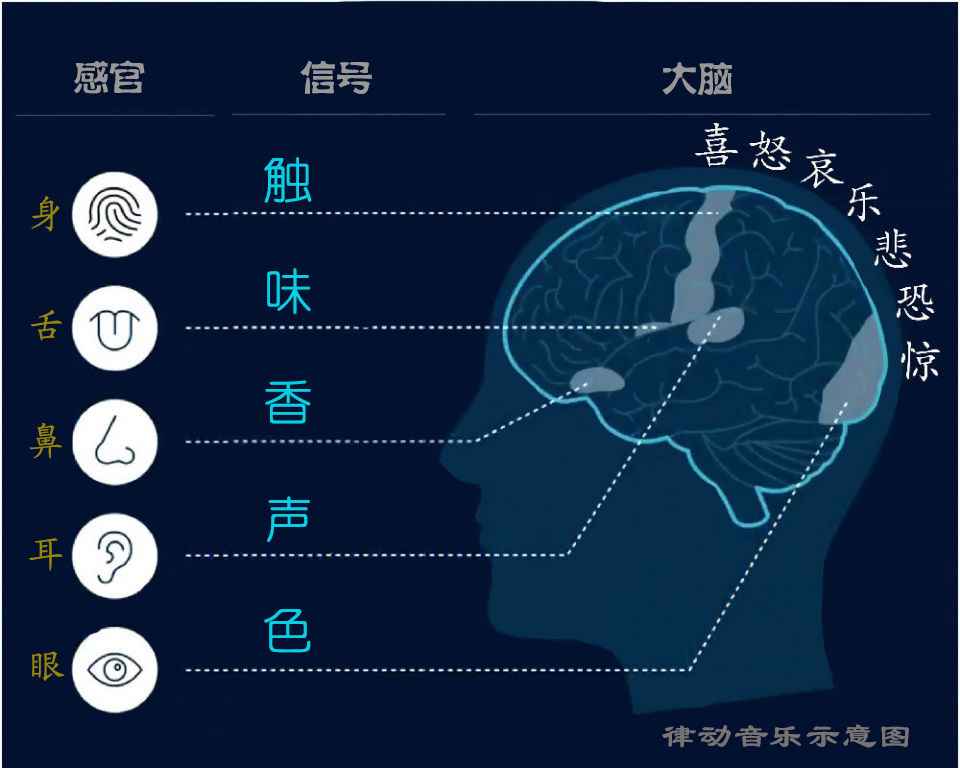Industry information
Somatosensory music has become a new bright spot in rehabilitation department.
80% of your health comes from your personal habits. Physicians and psychologists can help you with the remaining 20%.
A person's pathogenic factors are complex, so it is necessary to accept the objective inevitability of the disease on one hand. Secondly, besides medicine, there must be a strong social linkage system, including humanistic care, economic improvement and the comprehensive life state of art. Specifically, a person lives in the world and faces life systematically. Comprehensive Philosophy, and Beautiful Life Attitude.

The Chinese people advocate "prevention of disease", and usually have an open and wise scientific concept. Facing the diseases that can be treated in medicine, we should renew our concepts and actively embrace modern medical research. We can't be Cai Huan Gong who taboos medical treatment in this era. It can not be treated, but medical treatment has not found an effective cure for the time being. Patients can continue to live a wonderful and meaningful life through respecting life itself.
After all, medicine is only one part of the huge system of society. In addition to the main force of hospitals, the treatment of diseases also requires the joint efforts of individuals and society. People-oriented thinking about medical treatment, thinking about patients, thinking about life and death, thinking about treatment, is the medical treatment of people.
The Reality of Medicine: Economy is the Key Factor of Medical Improvement
Apart from the improvement of cultural concepts, economic development is very important in terms of the whole country or patients.
From the individual point of view, economic conditions are the main realistic reasons for giving up treatment. Macroscopically, not only is the course of medical development constrained by the history of the development of human material conditions, but also the key to determine the distribution of tertiary medical hospitals in a region is population economy. Among them, economy is the core constraint.
According to the current survey and analysis of the distribution of tertiary hospitals in China, there are about 5472 hospitals in the whole country, accounting for 21% of the tertiary hospitals, of which the tertiary hospitals account for about 13% of the hospitals in the whole country. In terms of regional distribution, the most populous areas in central and southern China have exceeded 400 million people respectively, and the number of third-class A hospitals is also the largest. There are 183 in Central and South China and 148 in East China. Secondly, the population base in southwest China is more than that in North China and Northeast China, but the economic conditions are backward, so the number of third-class A hospitals is also less.
Thirdly, the concentration of medical conditions in first-tier cities is high. Taking Shanghai and Jiangsu as examples, there are 28 hospitals in Shanghai and Jiangsu. The most obvious population of Shanghai is half of that of Yunnan, with 28 hospitals in Shanghai and 12 hospitals in Yunnan.
In addition, through the analysis of the current public's Internet search index of the third-class hospitals, it is found that the Internet search index of the third-class hospitals is also positively correlated with the regional economic development.


